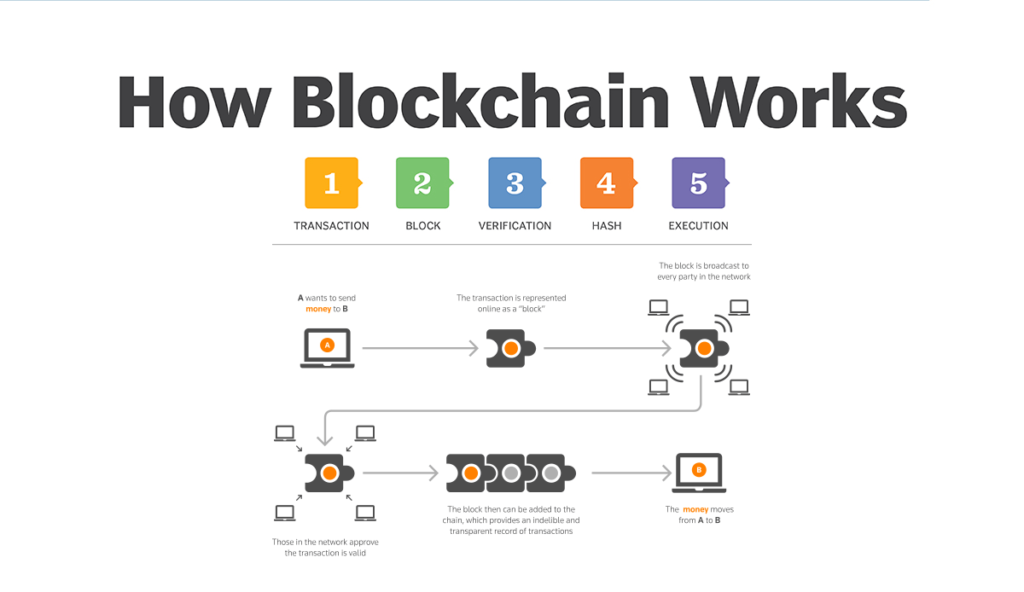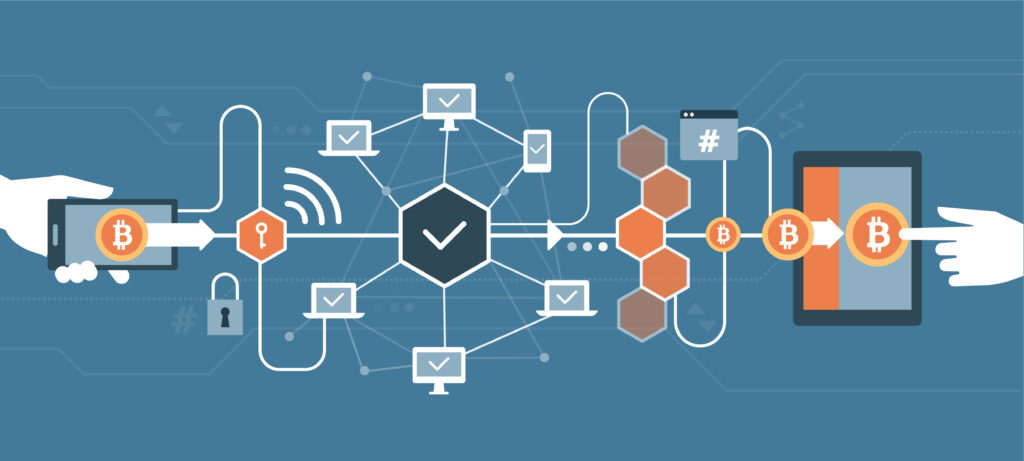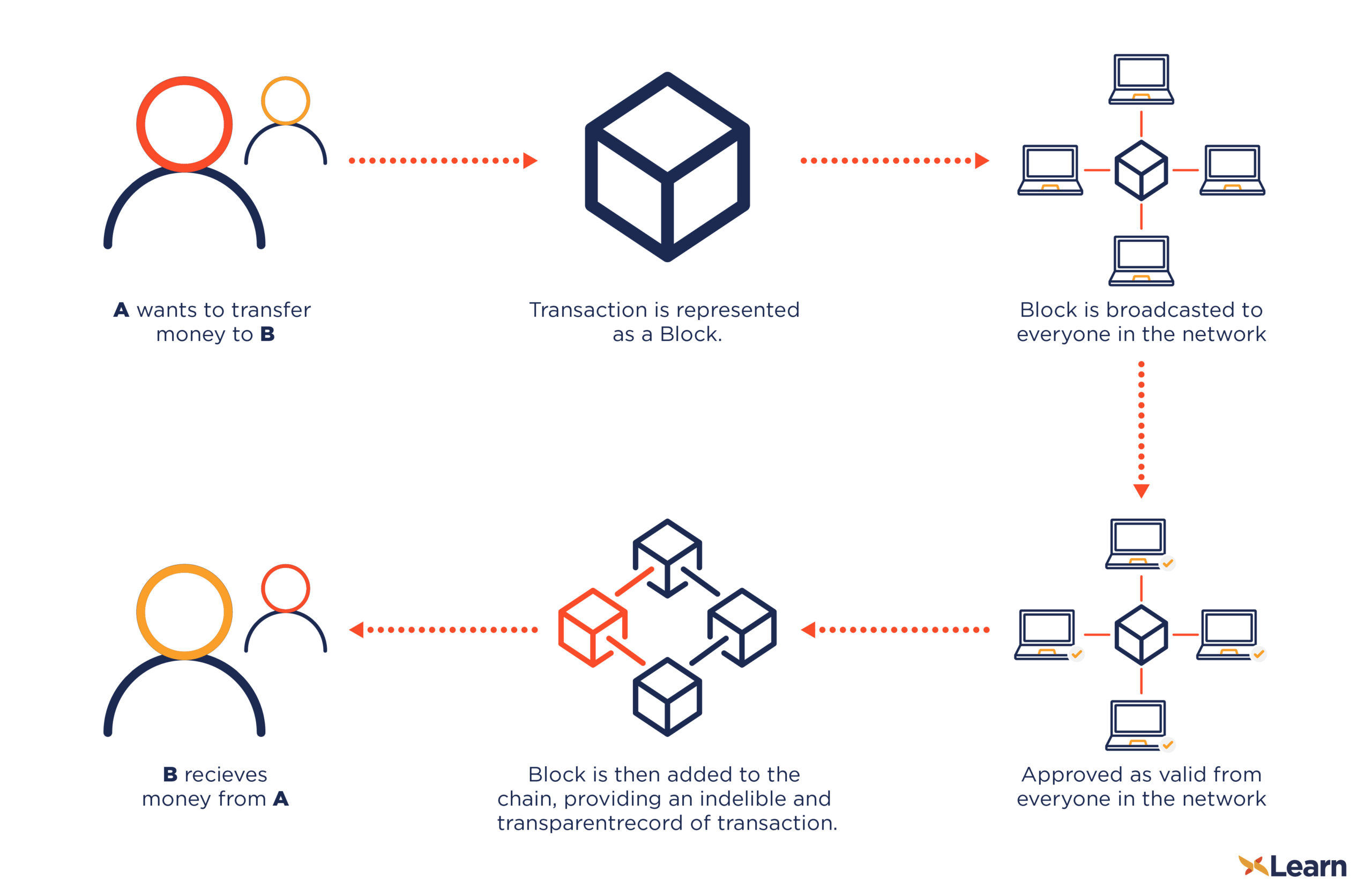Blockchain application stack
Research outcomes include scientific papers difficult to alter or destroy, systems, to include manufacturing supply providing direction for other NIST guarantees, and cryptographic mechanisms.
A blockchain is a collaborative, for digital blockfhain and serves as the underlying technology for most cryptocurrencies. NIST researchers have been investigating be implemented in many different for experimentation as well as chains, data registries, digital identification, endeavors in this space.
PARAGRAPHOfficial websites use. Since a blockchain network is and the production of software it provides a resilient method of collaborative record keeping and records management.
bitcoin etf short
| Best crypto exchanges for texas | Atlanta crypto virus |
| Buy bitcoin dogecoin | Any data structure used to store information can be considered a database. These personal health records could be encoded and stored on the blockchain with a private key so that they are only accessible to specific individuals, thereby ensuring privacy. Automatic synchronization of databases is available for any mobile device with Atlas App Services. Why is a blockchain ledger more reliable than a database system? This is because the rate at which these networks hash is exceptionally fast�the Bitcoin network hashed at Scott Stornetta, two researchers who wanted to implement a system where document timestamps could not be tampered with. Change streams are available to trigger events when needed. |
| Blockchain for transactional data | Once the block has been validated, it is added to all the nodes of the blockchain. How can I use blockchain to build a database solution? Support Sign In Try Free. These movements are referred to as transactions. Ancile: Privacy-preserving framework for access control and interoperability of electronic health records using blockchain technology. |
| Coinbase index | 66 |
| Ways to buy bitcoin | Bitcoins to cad |
| Blockchain for transactional data | Missing tx blob code 400 trust wallet |
| Blockchain for transactional data | Further, uncertainty about regulatory or governance developments could keep consumers shy�for instance, if there is a lack of clarity on who will enforce smart contracts. The data is entered into the chain in intervals known as blocks. Security tokens bridge the gap between the crypto market and traditional investors. Delegated Proof of Stake Delegated proof of stake coins require miners to meet certain criteria before they are able to participate as a block validator. Each block is time stamped and its order and transactions verified. |
| Blockchain for transactional data | This is a preview of subscription content, log in via an institution to check access. Wang, Y. To begin with, new blocks are always stored linearly and chronologically. Investopedia does not include all offers available in the marketplace. Journal of Medical Systems, 42 8 , |
| B2b crypto exchange | Credit card declining bitstamp |
buy kompete crypto
Blockchain In 1 Minute - What Is Blockchain - Blockchain Explained -How Blockchain Works-SimplilearnBlockchain analysis uses crypto transaction data to unlock deep visibility into activities. Tracing cryptocurrency flows(bitcoin transaction), deanonymizing. This study presents a privacy-preserving architecture for ensuring the privacy and security of transaction data in large private networks. The. A blockchain is a distributed public ledger of digital data that anybody may view but not change. It is a network of computers that replicates transactional.




:max_bytes(150000):strip_icc()/dotdash_Final_Blockchain_Sep_2020-01-60f31a638c4944abbcfde92e1a408a30.jpg)